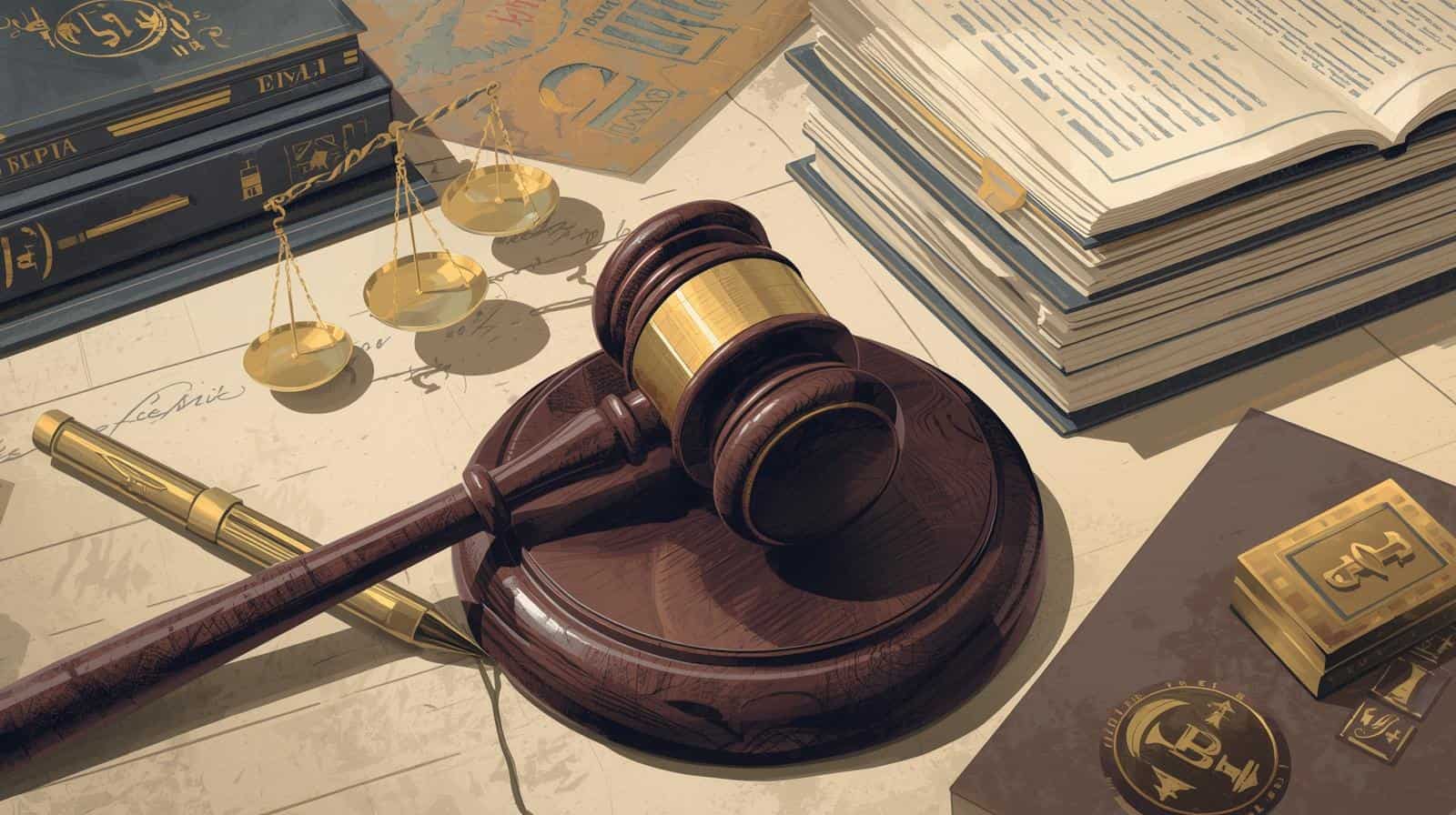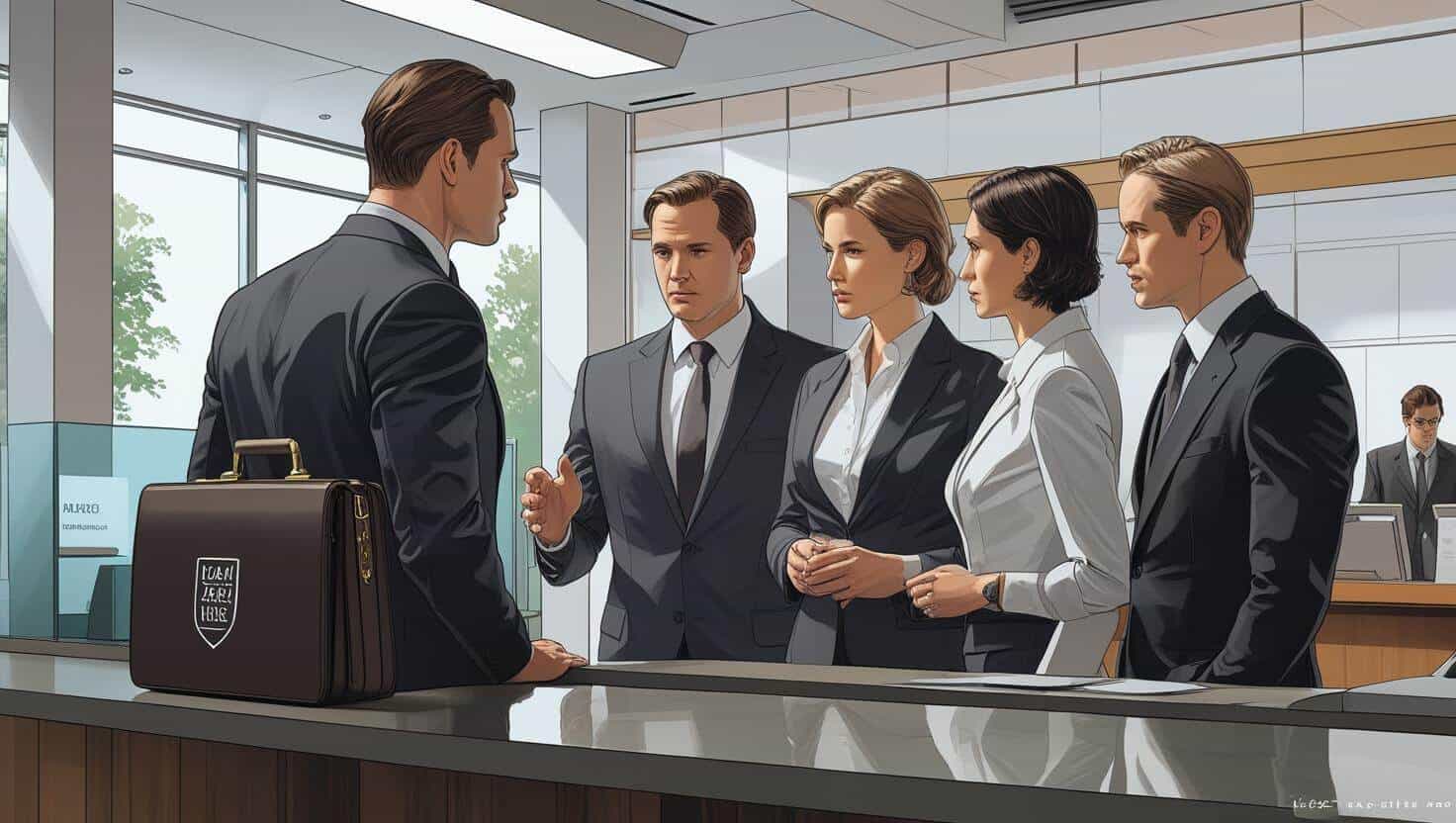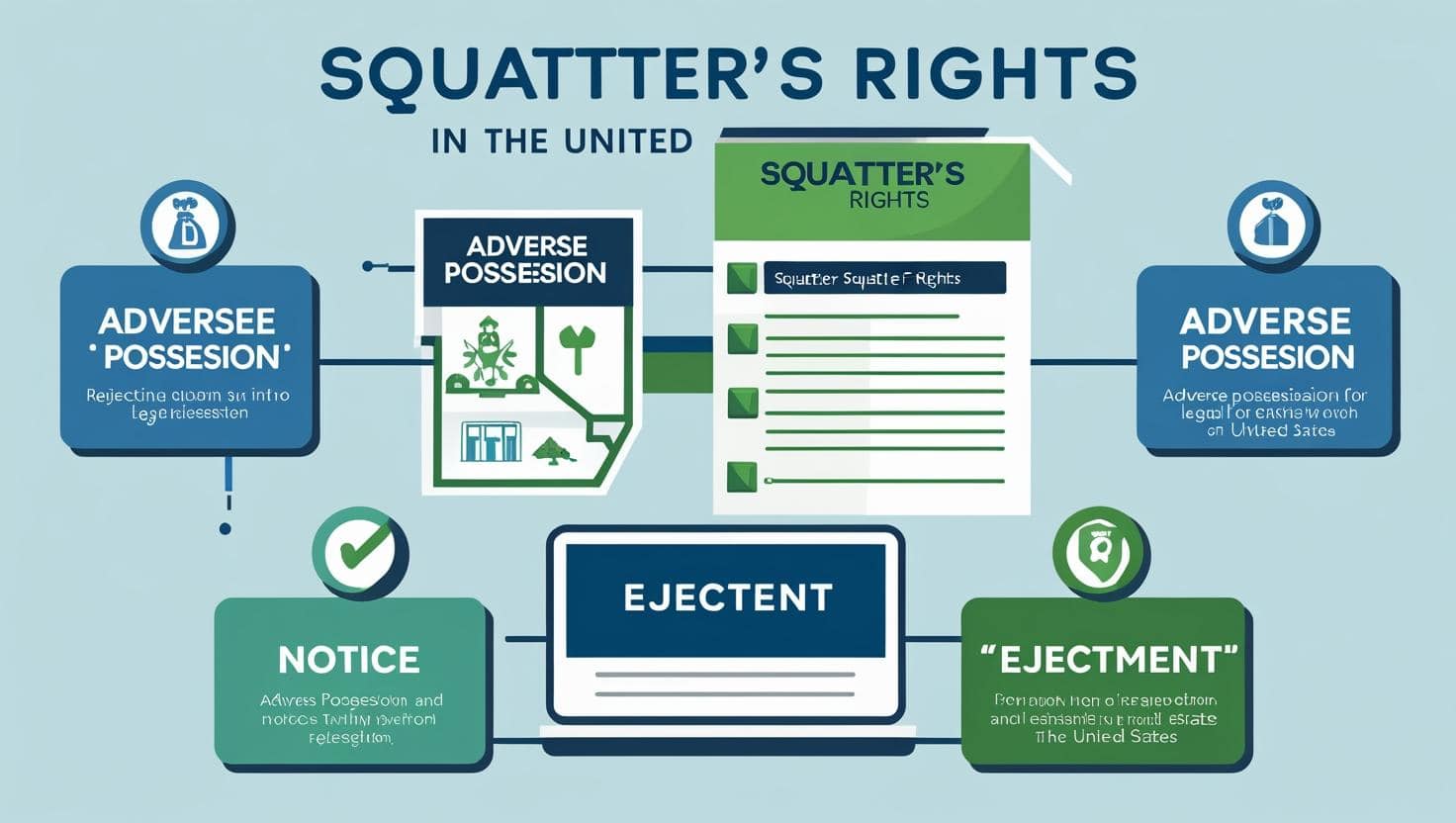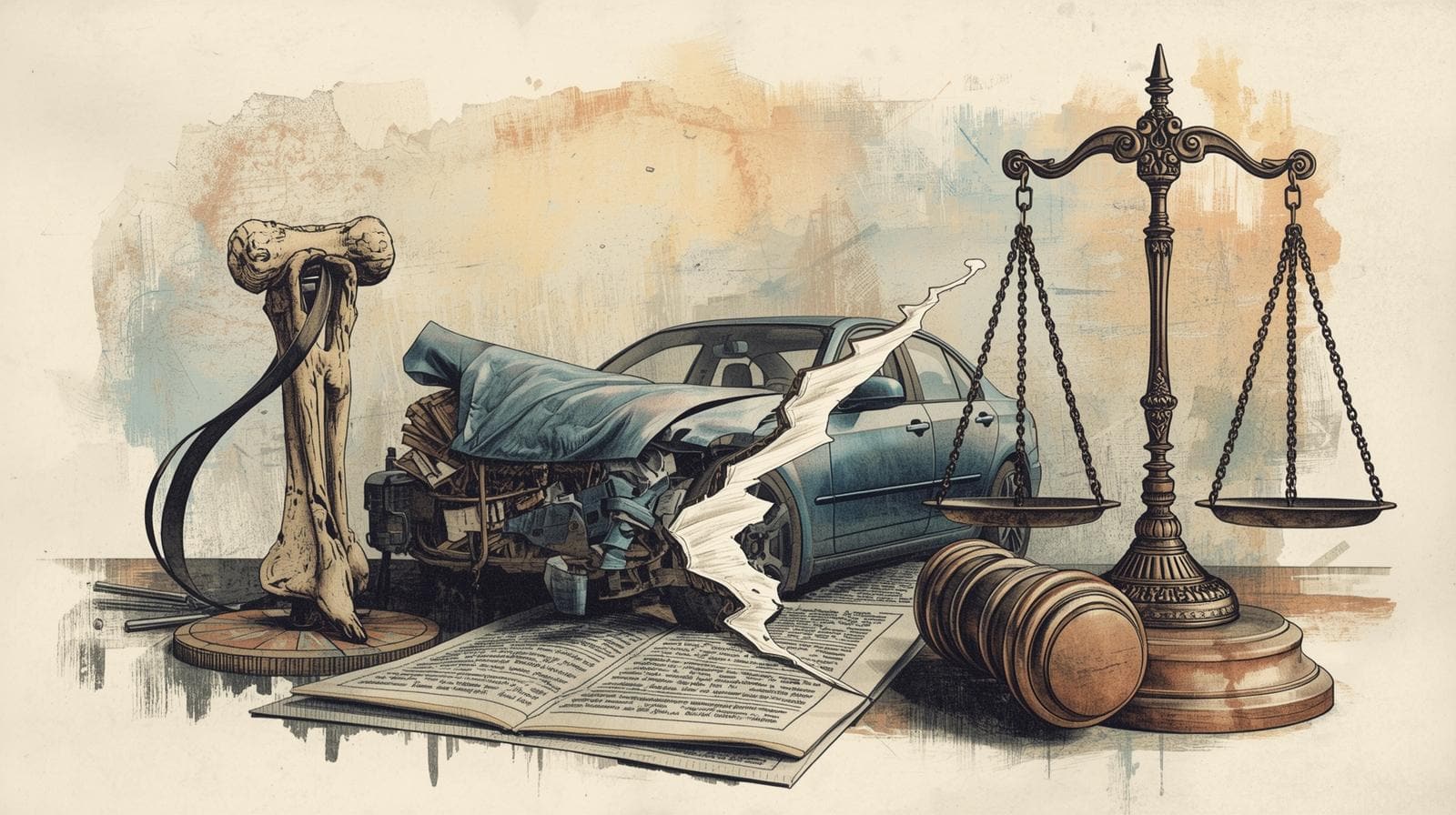At bottom, personal injury liability is grounded in tort law’s requirement that a plaintiff prove duty, breach, causation, and damages. The burden is preponderance of the evidence, and proximate cause limits the scope of liability under traditional doctrine (see Restatement (Second) of Torts § 281; Palsgraf v. Long Island R.R. Co., 248 N.Y. 339 (1928) (foreseeability frames proximate cause)). The analysis states controlling rules with authorities, carefully applies them in hypotheticals, and preserves a judicial register.
Basics of Personal Injury Law
Tort law supplies civil remedies for private wrongs sounding in negligence, intentional torts, and strict liability. Negligence requires proof of a legally cognizable duty, breach of the applicable standard of care, actual and proximate causation, and compensable harm (Restatement (Second) of Torts § 281). A traffic-code violation may constitute negligence per se where the statute protects the class of persons and type of harm at issue (see Martin v. Herzog, 228 N.Y. 164, 168–69 (1920)).
In practical terms, if the client runs a red light and collides with another vehicle, breach is established by statute, and the remaining questions concern causation and damages. Conversely, if the signal malfunctioned and the statute’s purpose did not reach the risk, negligence per se may not apply (cf. Restatement (Third) of Torts: Liability for Physical and Emotional Harm § 14). Put differently, the court then evaluates ordinary negligence.
Understanding Personal Injury Liability
Negligence, intentional torts, and strict liability allocate responsibility differently. Intentional torts require purpose or knowledge to a substantial certainty that contact or harm will occur (Garratt v. Dailey, 46 Wn.2d 197, 199–200 (1955) (child’s knowledge of substantial certainty could satisfy intent)). Strict products liability attaches where a product is sold in a defective condition unreasonably dangerous to the user (Greenman v. Yuba Power Prods., Inc., 59 Cal. 2d 57, 62–63 (1963)).
To be sure, if a defendant shoves the client causing a fall, battery may lie even if the injury was more severe than anticipated under the eggshell-plaintiff rule (Vosburg v. Putney, 80 Wis. 523, 528–30 (1891)). For abnormally dangerous activities, courts impose strict liability without fault (see Restatement (Second) of Torts §§ 519–520). These categories inform pleading, discovery, and defenses.
Types of Personal Injury Cases
Automobile collisions turn on reasonable care and traffic-law compliance, with negligence per se frequently pleaded (Martin, 228 N.Y. at 168–69). Premises liability examines duties owed to entrants, and many jurisdictions apply a unitary reasonable care standard while others retain status distinctions for invitees, licensees, and trespassers (cf. Rowland v. Christian, 69 Cal. 2d 108, 118–19 (1968)). Medical malpractice requires proof that the professional deviated from the applicable standard and, for informed-consent claims, that material risks were not disclosed (Canterbury v. Spence, 464 F.2d 772, 786–88 (D.C. Cir. 1972)).
Products cases proceed under strict liability, negligence, or warranty theories. Many courts trace strict liability to § 402A; modern decisions consult the Restatement (Third) of Torts: Products Liability. Workplace injuries often fall under workers’ compensation exclusivity provisions that bar tort suits against the employer absent recognized exceptions (see, e.g., Cal. Lab. Code § 3602(a)).
In practical terms, if a store fails to clean a spill after notice, a premises claim turns on reasonable care and foreseeability; in a design‑defect case, the theory may pivot to risk‑utility or consumer‑expectations tests depending on jurisdiction.
Determining Fault in Personal Injury Liability
Beyond ordinary proof of breach, certain doctrines assist in allocating fault. Res ipsa loquitur permits an inference of negligence when the instrumentality was under the defendant’s control and the accident ordinarily does not occur without negligence (Ybarra v. Spangard, 25 Cal. 2d 486, 489–90 (1944)). Alternative liability shifts the burden where multiple negligent actors and uncertainty of causation would otherwise defeat recovery (Summers v. Tice, 33 Cal. 2d 80, 85–86 (1948)).
A retained sponge after surgery may invoke res ipsa to reach the jury (see Ybarra, 25 Cal. 2d at 490–91). Two simultaneous negligent hunters striking the client may trigger Summers burden shifting. Statutory violations remain candidates for negligence per se where the statutory purpose fits the harm (Martin, 228 N.Y. at 168–69).
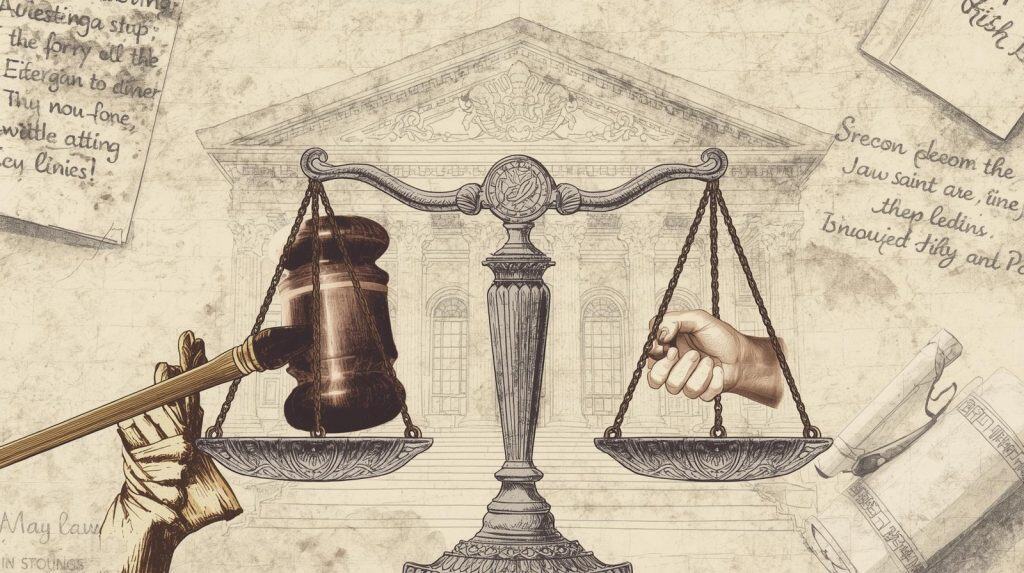
Comparative and Contributory Negligence
In personal injury liability, comparative fault reduces recovery in proportion to the client’s share of responsibility under either pure or modified (50/51%) regimes. A minority of jurisdictions preserve contributory negligence, which bars recovery for any negligent fault by the plaintiff, subject to exceptions such as last clear chance. Jurisdiction controls the allocation method and the treatment of assumption of risk, which many jurisdictions merge into comparative fault (see also Restatement (Third) of Torts: Apportionment of Liability § 7; § 3 cmt. c (merging implied assumption of risk into comparative responsibility)).
If a jury finds the client 30% at fault for inattentive walking but the defendant 70% at fault for speeding, damages are reduced accordingly in a comparative jurisdiction. In a contributory regime, the same facts could bar recovery unless an exception applies. Counsel should plead alternative theories to protect against adverse allocations.
The Role of Insurance in Personal Injury Liability
Liability policies typically impose a duty to defend potentially covered claims and a duty to indemnify covered judgments or settlements. Insurers may issue reservations of rights and face extra-contractual exposure for unreasonable refusal to settle within limits, often styled as bad faith. First-party coverages, medical payments, and uninsured/underinsured motorist provisions also shape available recovery.
Against that backdrop, where allegations are even potentially within coverage, the insurer owes a defense until the facts negate coverage (compare “eight corners” approaches with extrinsic-evidence doctrines). If the claimant makes a time-limited policy-limits demand and liability is reasonably clear, failure to accept can create excess exposure. State Unfair Claims Settlement Practices Acts may supply additional remedies.
Statutes of Limitations in Personal Injury Liability
In personal injury liability, limitations periods are claim- and jurisdiction-specific and may be altered by discovery rules and tolling doctrines. Statutes of repose set absolute deadlines that bar claims regardless of discovery, often in medical malpractice or products cases. Governmental claims may require ante litem notices and shorter periods.
If the client discovers a latent injury two years after exposure, the discovery rule may delay accrual where recognized, but a statute of repose can still bar suit. Calendar all deadlines conservatively and account for minority or incapacity tolling. Identify the controlling statute before drafting the complaint.
Documenting Personal Injury Liability
Admissibility considerations shape documentation strategy. Business records can be admissible under FRE 803(6) if properly supported, and exhibits must be authenticated under FRE 901. Preservation duties extend to electronically stored information, with sanctions for spoliation under FRCP 37(e), which governs only ESI and not tangible evidence.
In practice, the client should retain medical bills and employment records in business-records format and maintain metadata for photographs. If a party deletes text messages after notice of the claim, courts may impose adverse-inference instructions. Early litigation holds mitigate risk and support discovery motions.
Medical Considerations in Personal Injury Liability
Expert testimony must be reliable and relevant under FRE 702, with trial judges serving as gatekeepers. As amended effective December 1, 2023, FRE 702 clarifies that the proponent must establish admissibility by a preponderance of the evidence. The Daubert trilogy governs methodology and application across scientific and technical fields (Daubert v. Merrell Dow Pharms., Inc., 509 U.S. 579, 589–97 (1993); Gen. Elec. Co. v. Joiner, 522 U.S. 136, 141–43 (1997); Kumho Tire Co. v. Carmichael, 526 U.S. 137, 147–53 (1999)), and treating-physician testimony and independent medical examinations introduce additional evidentiary considerations.
In practical terms, if the client claims future lost earning capacity, an economist and physician must tie opinions to sufficient facts and reliable principles under FRE 702. Courts may exclude ipse dixit opinions unsupported by data (see Joiner, 522 U.S. at 146–47). Gatekeeping issues are outcome-determinative at summary judgment.
Applied to asbestos and mesothelioma claims—such as matters brought in Georgia with the help of national firms like Sokolove Law—causation and damages opinions typically require a defensible differential diagnosis linking asbestos exposure to mesothelioma, product‑identification evidence tying specific asbestos‑containing materials to the worksite, and a life‑care plan grounded in reliable principles under FRE 702.
Experienced counsel coordinate pulmonology/oncology experts, industrial hygienists, and economists, and are familiar with Georgia‑specific filing and venue considerations, which can be outcome‑determinative when courts conduct Daubert gatekeeping.
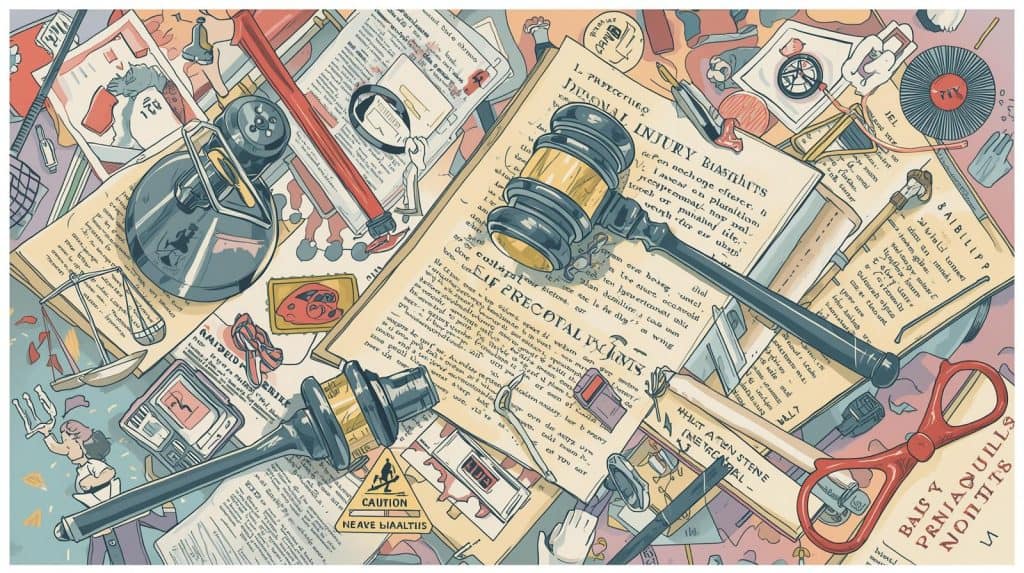
Calculating Damages in Personal Injury Liability
Damages divide into economic and non-economic categories, with plaintiffs obligated to mitigate. The collateral source rule generally bars offsetting a tortfeasor’s liability with the plaintiff’s independent benefits (Restatement (Second) of Torts § 920A(2)). Punitive damages, where authorized, are constrained by due process guideposts regarding reprehensibility, ratio, and comparable penalties (BMW of N. Am., Inc. v. Gore, 517 U.S. 559, 574–85 (1996); State Farm Mut. Auto. Ins. Co. v. Campbell, 538 U.S. 408, 425 (2003)).
If a jury awards a nine-to-one punitive-to-compensatory ratio on modest economic harm, courts scrutinize and often reduce the award under Gore and State Farm. Caps and sovereign-immunity limits may further restrict recovery. The Federal Tort Claims Act waives immunity for certain claims but preserves exceptions and damages constraints (28 U.S.C. §§ 1346(b), 2671–2680).
Legal Procedures in Personal Injury Liability
Pleadings must state a plausible claim for relief under the Twombly/Iqbal standard (Bell Atl. Corp. v. Twombly, 550 U.S. 544, 570 (2007); Ashcroft v. Iqbal, 556 U.S. 662, 678–79 (2009)). Summary judgment lies where there is no genuine dispute of material fact and the movant is entitled to judgment as a matter of law (Celotex Corp. v. Catrett, 477 U.S. 317, 322–23 (1986); Anderson v. Liberty Lobby, Inc., 477 U.S. 242, 248–52 (1986)). Compromise negotiations are generally inadmissible under FRE 408 to prove liability or amount.
Put differently, if expert testimony is excluded under FRE 702, Celotex may warrant summary judgment on causation. Conversely, specific factual disputes supported by admissible evidence preclude summary judgment under Anderson. Counsel should structure discovery to survive dispositive motions.
Hiring a Personal Injury Lawyer
Selection of counsel turns on experience with the claim type, trial posture, and conflicts analysis. Consider case‑management resources, expert networks, and fee structures consistent with ethical rules; for Georgia mesothelioma matters, the client may consult the State Bar of Georgia’s lawyer‑referral service and neutral legal directories to identify counsel with asbestos litigation experience. The attorney-client relationship requires candor and communication, with counsel advising the client at each procedural stage in the matter.
In practice, early engagement of counsel preserves evidence, aligns discovery with admissibility standards, and improves dispositive‑motion posture.
Alternative Dispute Resolution in Personal Injury
Mediation and arbitration can streamline resolution. The Federal Arbitration Act enforces written arbitration agreements save upon grounds for revocation of any contract (9 U.S.C. §§ 1–16), and class/action waivers in many consumer and employment contracts remain enforceable (AT&T Mobility LLC v. Concepcion, 563 U.S. 333, 339–52 (2011); Epic Sys. Corp. v. Lewis, 584 U.S. 497, 506–16 (2018)). Confidentiality and limited judicial review are salient features.
In practical terms, where liability is clear but damages are disputed, mediation can crystallize valuation and avoid Daubert risk. Binding arbitration offers speed but narrows appellate remedies. Contractual delegation clauses may commit arbitrability to the arbitrator (cf. Henry Schein, Inc. v. Archer & White Sales, Inc., 586 U.S. 63, 66–70 (2019)).

Recent Trends and Case Law in Personal Injury Liability
Courts increasingly reference Restatement (Third) formulations in products and apportionment within personal injury liability, affecting design-defect and failure-to-warn analyses. Emerging issues include allocation of fault in autonomous-vehicle incidents and the interface between statutory schemes and common-law negligence. Economic models and life‑care plans continue to face rigorous FRE 702 scrutiny.
In automated-driving collisions, personal injury liability may pivot from driver negligence to product design and software warnings, redirecting discovery to the supply chain. Statutory preemption and regulatory compliance defenses may arise (cf. Geier v. Am. Honda Motor Co., 529 U.S. 861, 874–86 (2000)). Counsel should calibrate theories accordingly.
Authority, currenc,y and jurisdictional notes
To be sure, several cited authorities are older than twenty years (e.g., Palsgraf (1928), Vosburg (1891), Greenman (1963)), but they remain controlling or widely cited in their jurisdictions and across the U.S. tort canon. Where the Restatement (Second) and Restatement (Third) diverge, the controlling formulation is jurisdiction‑specific and courts continue to cite both; this article flags both where material. Readers should consult the governing jurisdiction’s statutes and precedent for variations in comparative‑fault schemes, premises duties, and products‑liability tests.
Currency note: This article incorporates the December 1, 2023 amendment to FRE 702 clarifying the proponent’s burden by a preponderance of the evidence. FRCP 37(e) is correctly limited to ESI spoliation; tangible‑evidence sanctions arise under other authority. Government‑tort claims and damages caps are state‑specific and require jurisdictional verification.
Conclusion
Personal injury liability outcomes turn on applying settled elements to jurisdiction‑specific defenses and proof, with evidentiary reliability and standards of review shaping disposition. Anchoring claims in controlling authority and a disciplined record—from preservation to admissible expert testimony—positions the client for negotiated resolution or trial on a well‑developed record.
FAQs
What are the elements of negligence?
A negligence claim in personal injury liability requires proof of duty, breach, actual and proximate causation, and damages. The burden is preponderance of the evidence. Foreseeability informs the scope of proximate cause.
How do statutes of limitations differ from statutes of repose?
A statute of limitations measures the filing period from accrual and may be affected by discovery or tolling. A statute of repose sets an outer deadline that can bar the claim regardless of discovery. The controlling period is jurisdiction‑ and claim‑specific.
What damages are typically available?
Courts recognize economic and non‑economic damages, subject to proof and any statutory caps. The collateral source rule generally prevents a tortfeasor from reducing liability based on the client’s independent benefits. Punitive damages, where authorized, are constrained by due process guideposts.
How does comparative fault affect recovery?
Comparative fault reduces the award in proportion to the client’s share of responsibility. Modified systems may bar recovery at 50% or 51% fault. Contributory‑negligence jurisdictions remain a minority and can bar recovery absent an exception.
What is negligence per se?
Negligence per se uses a safety statute to define the standard of care where the statute protects the class of persons and the type of harm at issue. Violating such a statute can establish breach, leaving causation and damages for decision. Courts still examine whether the statute’s purpose fits the risk in the matter.
What is res ipsa loquitur?
Res ipsa permits an inference of negligence when the accident ordinarily does not occur without negligence and the instrumentality was in the defendant’s control. It allows a case to reach the trier of fact without direct proof of specific conduct. The inference may be rebutted by competent evidence.
When is expert testimony required?
Expert testimony is commonly required for medical malpractice, complex causation, and future‑loss calculations. Under FRE 702, the proponent must show reliability and relevance by a preponderance of the evidence. Courts act as gatekeepers and may exclude unsupported opinions.
What do “duty to defend” and “duty to indemnify” mean in liability insurance?
The duty to defend arises when allegations are potentially within coverage and often requires a broader inquiry than indemnity. The duty to indemnify concerns payment of covered judgments or settlements. Bad‑faith exposure may arise if an insurer unreasonably refuses to settle within limits when liability is reasonably clear.

